How to Deal with Hair Loss
Your scalp often plays second fiddle to your hair. Until it starts begging for attention, that is. Hair loss is primarily caused by some infection-related and conditions and infectious agents. With several common conditions, your scalp may itch and get irritated.
Table of Contents
Ringworm
It would shock most of you to know that ringworm is not wormlike; but rather a fugacious infection. This infection can happen in any part of the body, like in the scalp where it causes patches of hair loss. Most medical doctors refer to ringworm as “tinea capitis.” Ringworm is also a fungal infection that affects the nails and is same as athlete’s foot. When ringworm affects the scalp, it starts as a small pimple and gradually increases in size, leaving scaly patches of temporary baldness. The part affected is prone to fungus which finds its way into the hair fibres making the hair break off easily, become brittle and cause a bald patch of skin. An affected scalp can be very red, itchy, and infl amed with oozy and blistering scaly patches.
The outer part of the patches is usually very red and the centre looks like a normal skin. This fungus infection was called ringworm because of the ring nature of its appearance. The most common cause of ringworm worldwide is the fungus microsporum audouinii, while trichophyton tonsurans can cause tinea capitis, but mainly in the US and Latin American countries. Other fungi that may cause tinea capitis include Trichophyton schoenleinii and Trichophyton megninii in Southern Europe and Africa, and Trichophyton violaceum in the Middle East.
The fungus Microsporum gypseum, commonly found in soil can sometimes cause tinea capitis and is often transmitted to humans by coming in contact with infected animals. The common carriers of ringworm are cats, and one can also contact the fungus from infected pets. Therefore it is important to note that ringworm is contagious, even by simple skin contact with an infected person or through the use of contaminated items such as unwashed clothing, combs and shower or pool surfaces.
How to Treat: Treatment available for this fungus differs depending on the exact fungus that is involved. Some ringworm infection will disappear even without treatment. Though, in most cases an anti-fungal is used.
Head Lice
Lice are wingless insects about the size of a sesame seed. They feed on blood, and the females lay their eggs on the hair close to the scalp. Although they don’t cause serious illness, they are something that children – and their parents – would rather live without. Having lice doesn’t mean a child is dirty, as they can pop up in anyone’s hair.
Clearing up lice also requires that you thoroughly clean house. Vacuum the rugs and furniture, and then wash all of the child’s clothes, hats, bedding, and towels in hot water. Dry-clean items you can’t wash, like stuffed animals, or seal them in plastic bags for two weeks. Experts recommend that you continue to check the hair for two to three weeks to make sure that all of the lice and nits (eggs) are gone. Use another lice kit after 10 days. This will kill any bugs that survived the fi rst round of treatment.
How to Treat: To treat, you can use over-the-counter lice kits usually contain a special shampoo that is left on the hair for 10 minutes and then washed out, and a fine-toothed comb to remove any remaining eggs.
Dandruff
Little white flakes signal an old-fashioned case of dandruff. It can be annoying when the fl akes fall on a dark shirt. Dandruff is simply a buildup of shedding dead skin. There is no known cause, but it may be due to a fungus on the skin. You can’t catch dandruff from someone else, and it isn’t dangerous, but it can be itchy and a bother. Luckily, there’s no redness or scabbing of the scalp.
How to Treat: There’s no cure, but it’s fairly easy to control by washing your hair more often with a medicated shampoo.
Need Help?
Sunsilk Hair Fall Solution Conditioner
Sunsilk Hairfall Solution.
- Nourishes and strengthens that crucial first inch of hair.
- Result: Reduces hair fall* by 93%**, giving you strong and abundant hair. * due to breakage **93% based on lab test compared to non- conditioning shampoo with regular use of Sunsilk hairfall system
ABBOTT CG210 HAIR & SCALP ESSENCE (WOMEN)
Clinical trials in androgenetic alopecia subjects using CG 210™ have demonstrated the following benefits. In a published scalp biopsy trial performed on subjects with androgenetic alopecia, daily application of CG 210™ has enabled restoring back, in 3 months, an anti-apoptotic protein towards the level found in non alopecic subjects. Restoring the level of such anti-apoptotic protein should maintain more hair into the growing phase (anagen) and delay the premature transition of hair into the falling phase (catagen). Hair loss level may therefore not be excessive anymore, as long as the product is applied. CG 210™ has also enabled restoring back the level anti-inflammatory markers to a level considered normal. Restoring the level of such markers should enable control the micro-inflammation status associated with excessive hair loss.
Pramāsana Protective Scalp Concentrate
Pramāsana Protective Scalp Concentrate helps balance sebum levels to maintain the purity of the scalp at the root of the hair.
It penetrates the surface layers of the scalp to nourish and help preserve the scalp’s natural protective barrier, while helping protect the scalp from aggressors such as pollution and other free radicals.

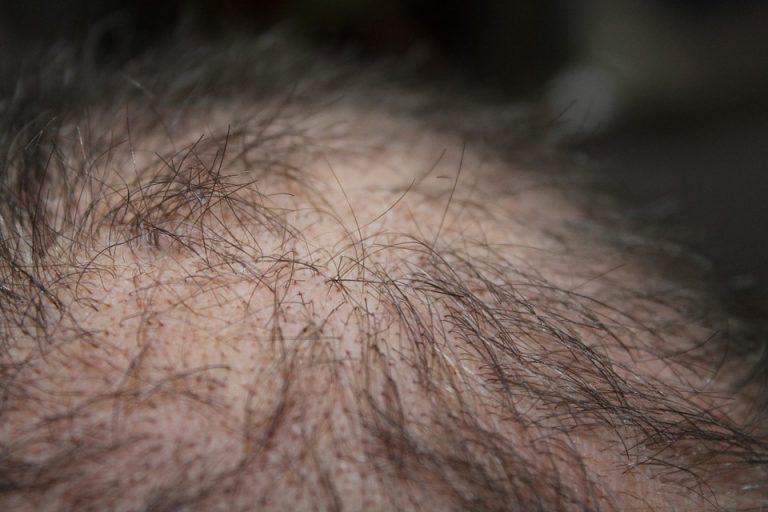

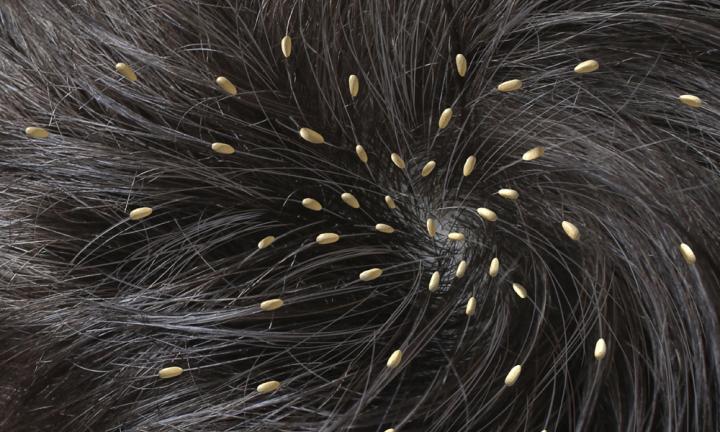
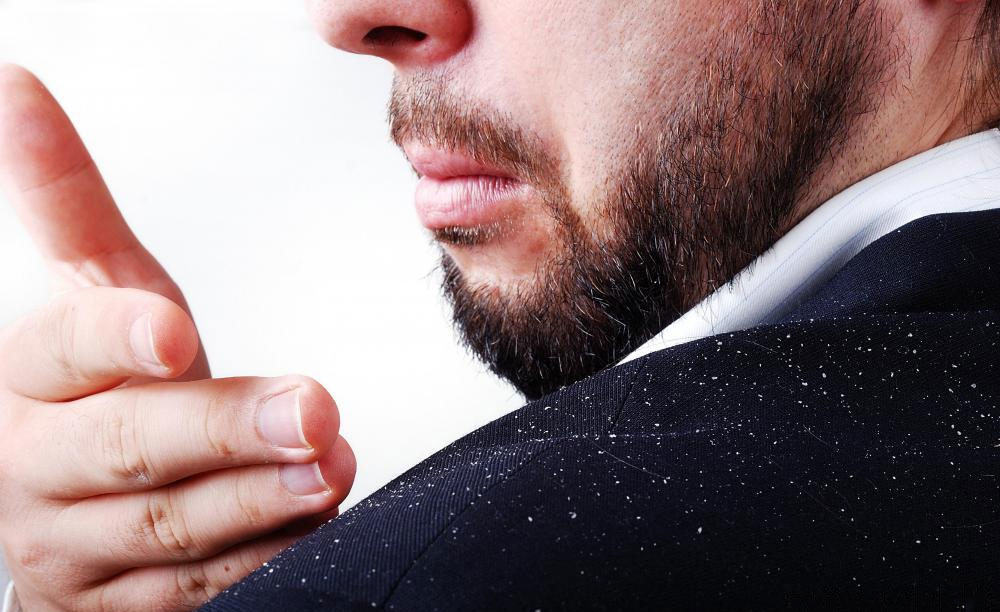

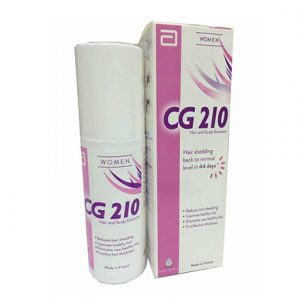

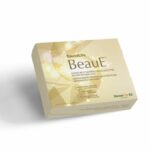



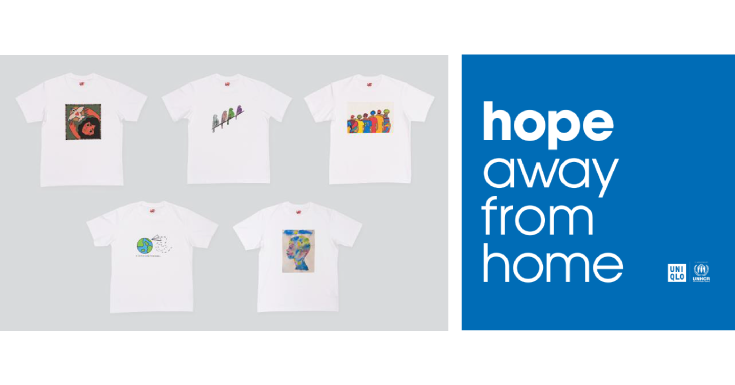



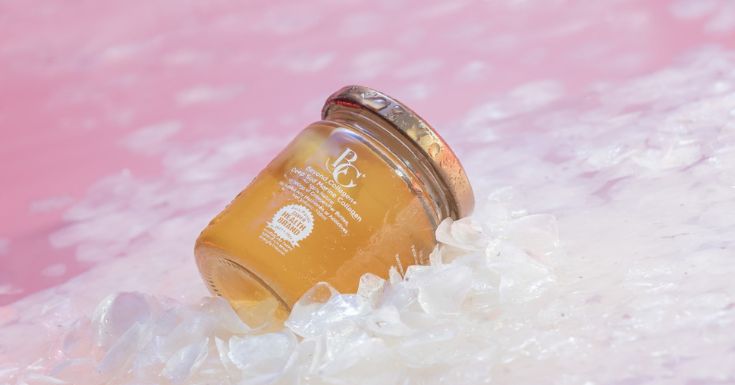
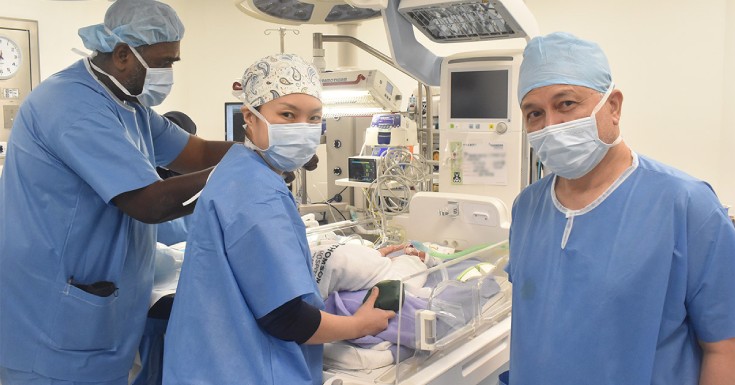
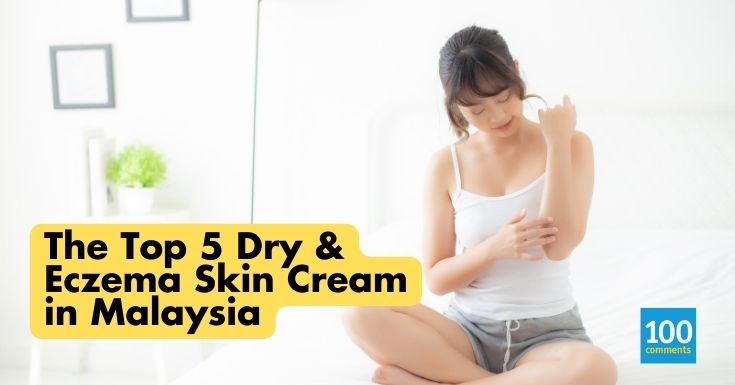

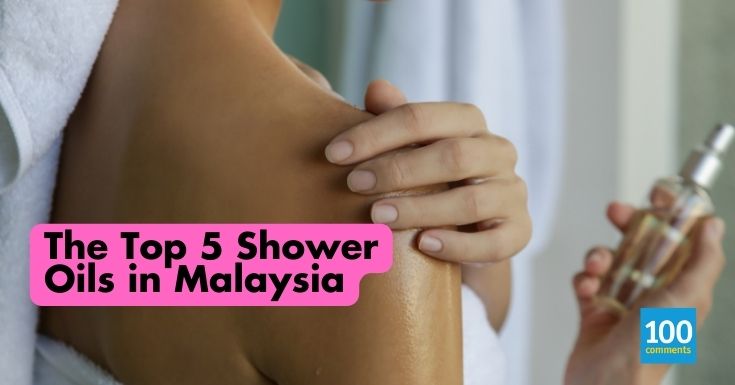






Leave a comment